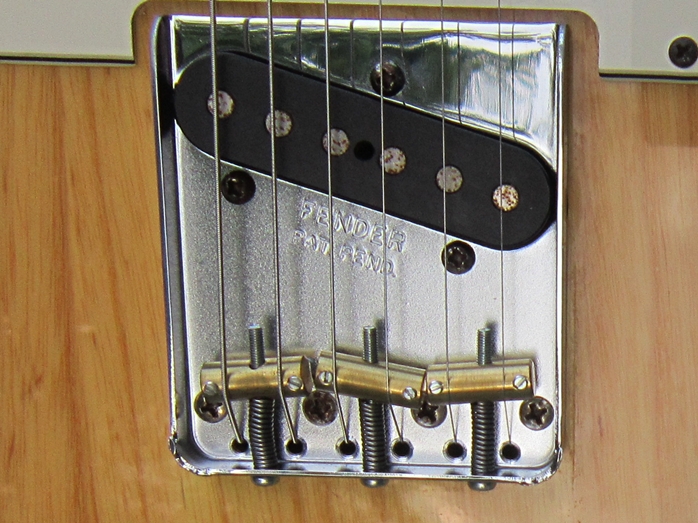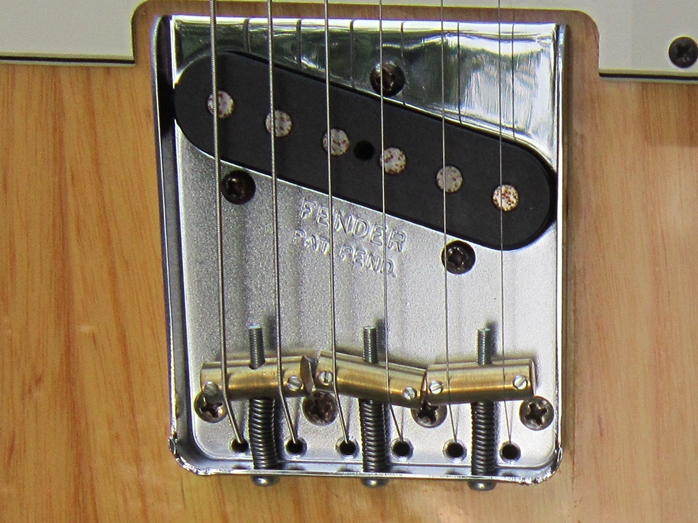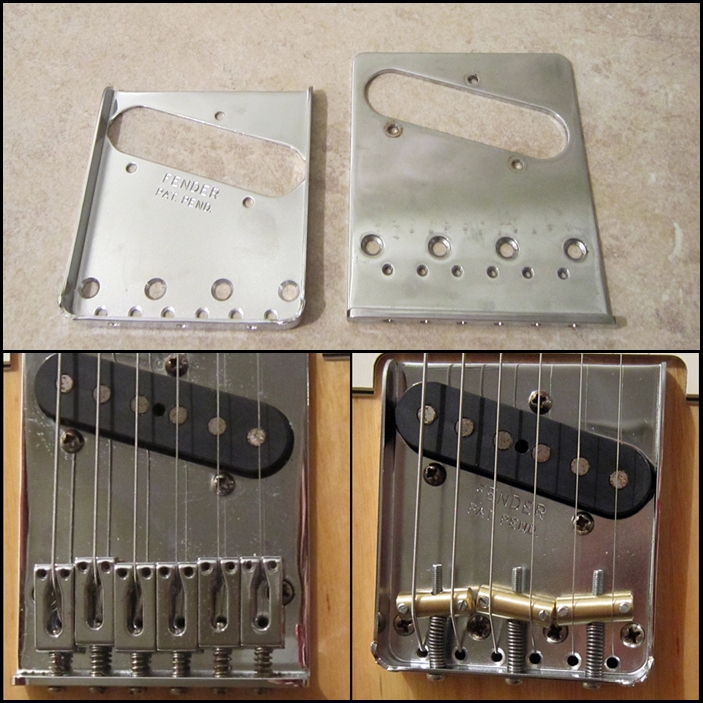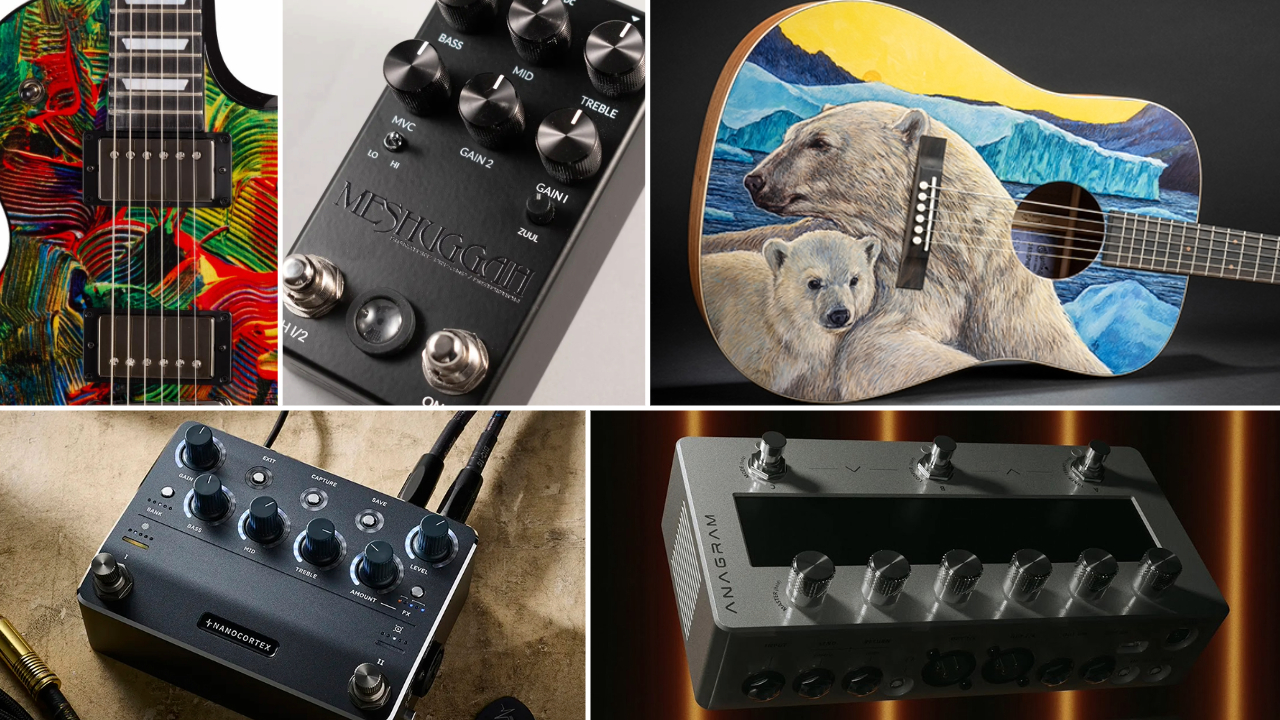Gear Review: CJ Guitar Tooling Compensated Telecaster Saddles

Perhaps the most passionate debate among Telecaster players concerns the bridge. Specifically, which is better: three or six saddles?
Originally, Fender Telecasters came with a three-saddle bridge. Then, in the late Seventies and early Eighties, six-saddle Tele bridges began to show up.
The six-saddle argument offers more precise intonation while the three-saddle argument offers a more classic Tele sound.
CJ Guitar Tooling offers three-saddle sets that are compensated (angled) for better intonation. Each set is hand-made the “old school” way to bridge the gap between vintage tone and modern convenience.
While CJ offers saddle sets made from cold-rolled steel, aluminum and brass in 5/16-inch or ¼-inch sizes, I chose 5/16-inch brass saddles for my 2006 Fender MIM Standard Telecaster.
To get everything to line up, I needed a different bride plate. Fender offers a vintage-style bridge plate. Installation of the bridge plate, saddles and a new set of strings took about 20 minutes.
After a few days and some minor adjustments, the saddles really settled in. The Tele plays great and in tune, up and down the neck.
Get The Pick Newsletter
All the latest guitar news, interviews, lessons, reviews, deals and more, direct to your inbox!
Acoustically, the instrument is louder and clearer. In terms of being plugged in, I recorded Before and After clips for you to judge (Check them out below). The difference is subtle, but the After clip offers a less muddy bottom and a more sparkling high end. Also, the rattle in my old bridge in the first clip is remedied via the new saddles.
Web: cjguitartooling.com
Price: $30 for brass 5/16-inch saddles ($10 for the Fender bridge plate)
You can't believe everything you read on the Internet, but Billy Voight is a gear reviewer, bassist and guitarist from Pennsylvania. He has Hartke bass amps and Walden acoustic guitars to thank for supplying some of the finest gear on his musical journey. Need Billy's help in creating noise for your next project? Drop him a line at thisguyonbass@gmail.com.









![[from left] George Harrison with his Gretsch Country Gentleman, Norman Harris of Norman's Rare Guitars holds a gold-top Les Paul, John Fogerty with his legendary 1969 Rickenbacker](https://cdn.mos.cms.futurecdn.net/TuH3nuhn9etqjdn5sy4ntW.jpg)


